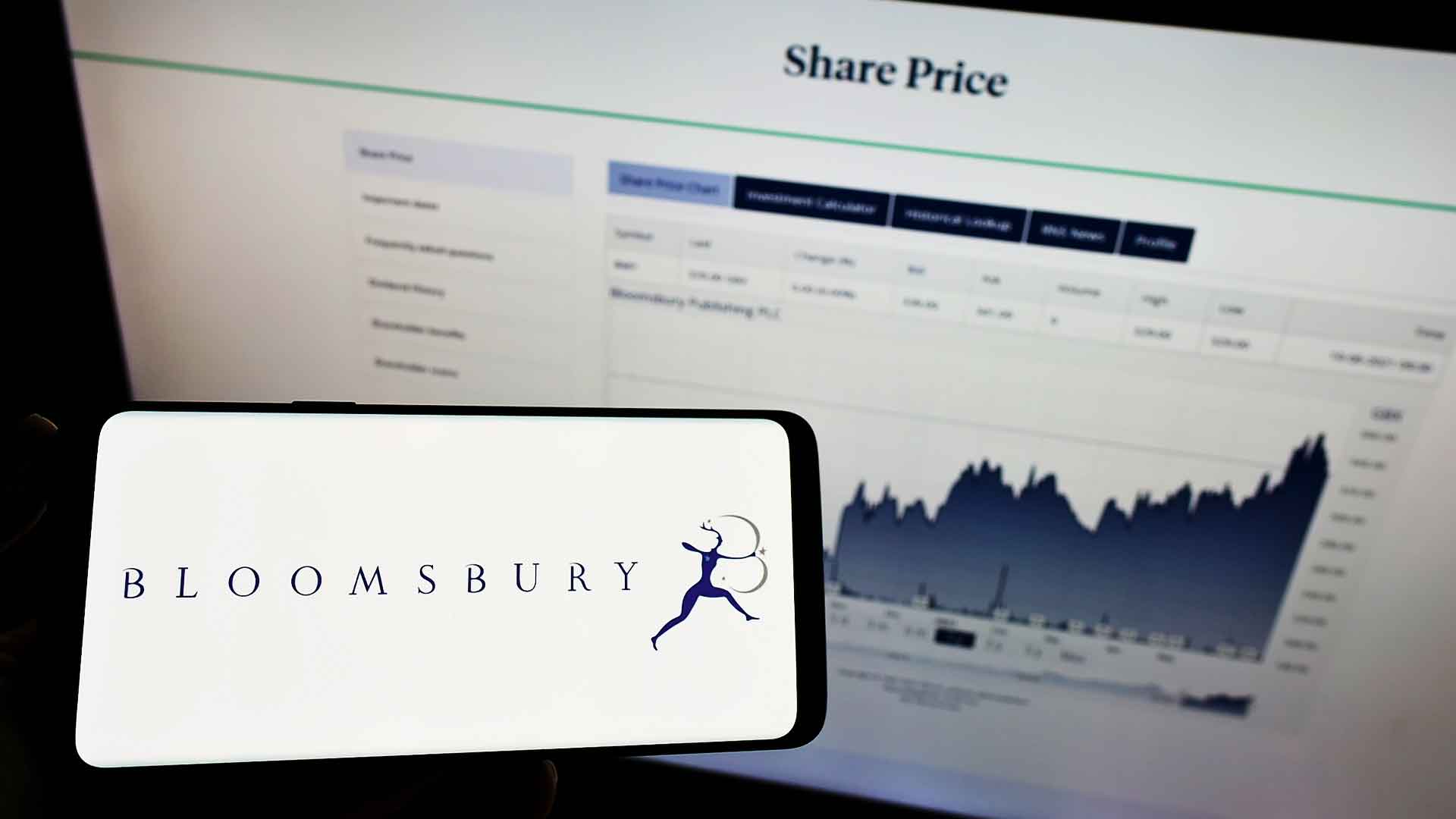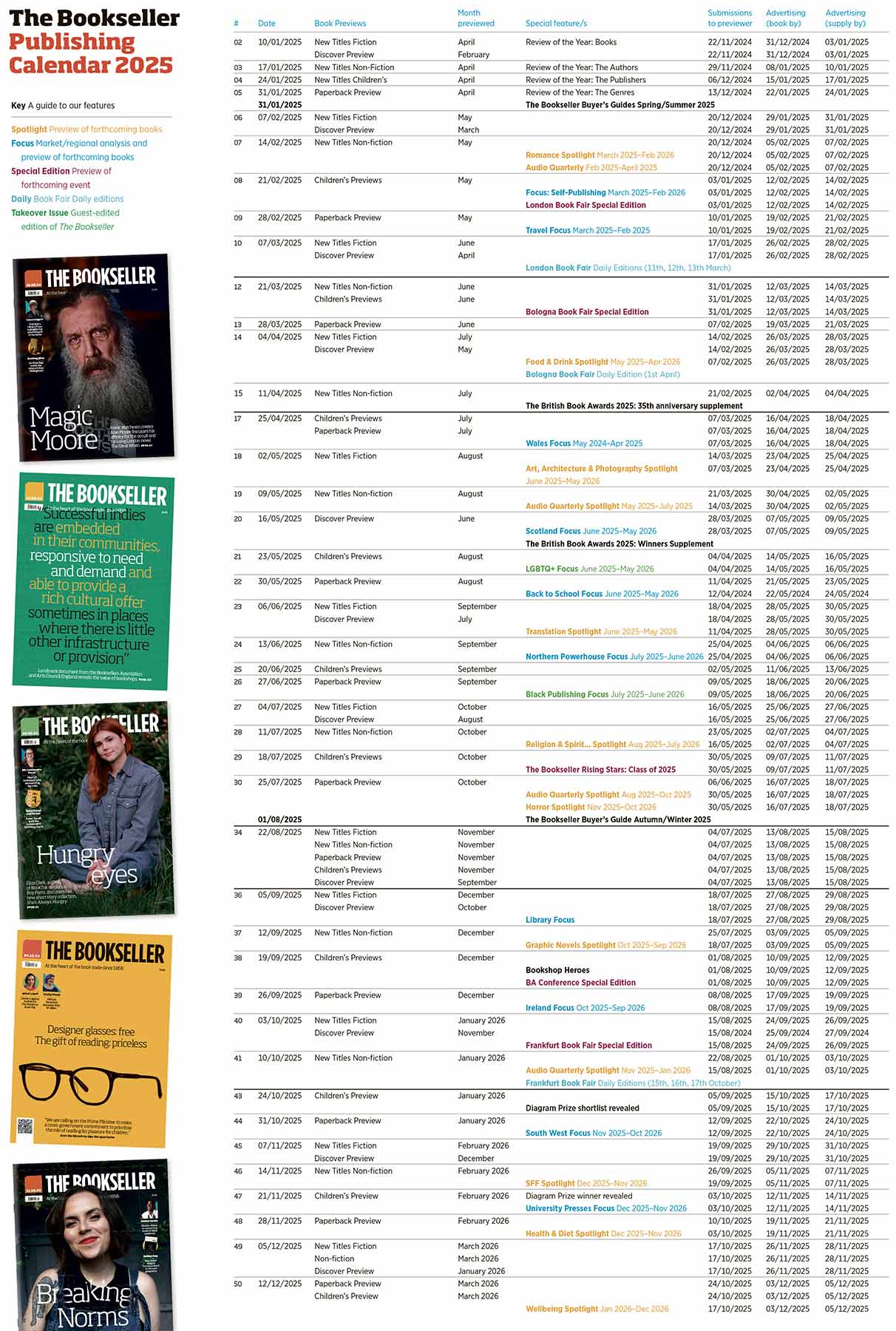Time for the CMA to admit that Amazon wields too much power?

Last week we noted that Bloomsbury was the market leader in 2024, with growth through Nielsen BookScan of 8.4%, more than double that of Penguin Random House. This was not luck: its bull-run has been long orchestrated and well-judged, doubling down in the mass-market just as that sector was heating up, with its star author Sarah J Maas first published in 2012. Last week, too, Amazon threatened to drop this lead performer after failing to agree new terms.
Unusually, Amazon revealed some details of the disagreement, saying that Bloomsbury was “far out of sync with other publishers”, and that it had “refused to engage in a good-faith” discussion over seven months. Bloomsbury accused Amazon of a hijack, saying it had learned about the removal of books “at the same time that Amazon issued a public statement and was contacting Bloomsbury authors and agents”. Amazon said Bloomsbury had declined to meet in person or even take “a single phone call” – though it is not unusual for businesses to prefer written communications around such deals.
The matter was resolved overnight. But it was an unedifying spectacle. As a publicly-quoted business, Bloomsbury is more exposed than most to unexpected changes in performance. When lockdown hit, it raised £8.4m and implemented a raft of cost-savings immediately. This was overcautious. Over the past five years revenue has more than doubled. Nevertheless, such prudence signalled to investors that this was a business capable of riding out a storm.
The Publishers Association accused Amazon of behaving unfairly, with publishers expecting fear and reprisal from Amazon if they don’t kowtow
But an Amazon tempest is heavier weather. There are few trade publishers who could survive in the medium term unscathed from such a delisting. At Bloomsbury, perhaps as much as £100m in trade sales could have gone south – some of it recoverable perhaps, but much of it not. For Amazon, this would barely touch the sides. All of this is well known. In its written evidence to the last government in the run-up to the Digital Markets, Competition and Consumers Act 2024, the Publishers Association accused Amazon of behaving unfairly, with publishers expecting fear and reprisal from Amazon if they don’t kowtow.
The last time Amazon acted like this publicy was in 2014 when it wanted to lower e-book prices against the wishes of Hachette. But, back then, Amazon was a smaller percentage of the books sector and, in terms of the digital side, this was a market not yet fully-established. Amazon is now more than half of most trade publishers’ sales and, for some books, particularly mass-market hits, this percentage may go even higher.
Curious, too, was Amazon’s decision to make the move on 23rd January, the day the UK government revealed that Google and Apple were to be investigated for Strategic Market Status, a new tool that gives the Competition & Markets Authority (CMA) leverage to correct abuses of power. Amazon may have felt further emboldened with the news that its former UK country manager, Doug Gurr, was to be appointed interim chair of the very same CMA.
But there is hope for publishers. The CMA has so far launched three investigations: two into Google, and one into Apple. It is looking at how Google dominates search, and how Google and Apple’s mobile operating systems compete. It says it will also open an investigation into a third area of digital activity. In that regard, it should pay heed to how Amazon brought a £300m British publisher to heel in a matter of hours after enacting a Cruciatus spell on its executives.



















